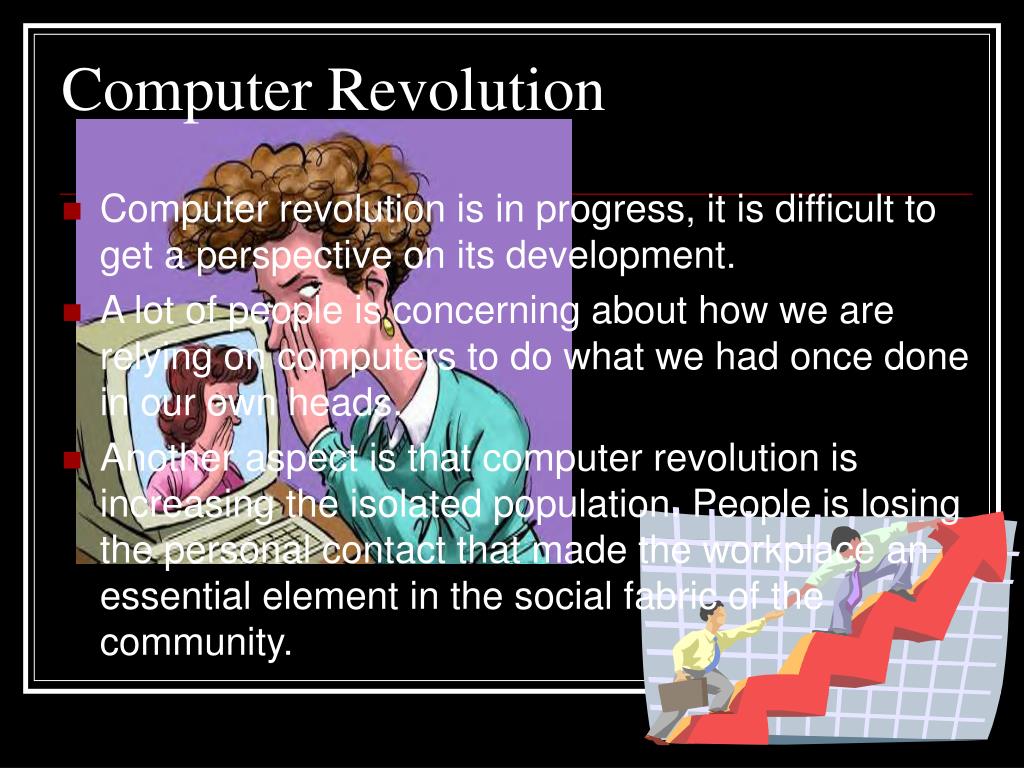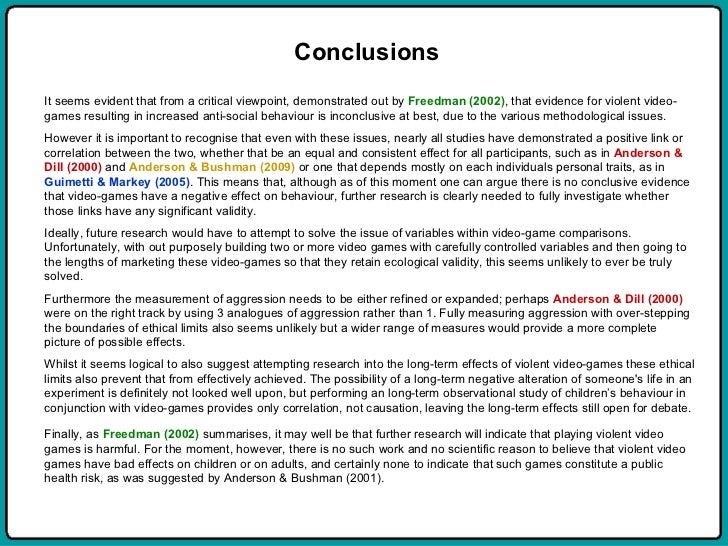Dec 27, · The recent role of the greenhouse effect. Since the Industrial Revolution began around , human activities have contributed substantially to climate change by adding CO 2 and other heat-trapping gases to the atmosphere. These greenhouse gas emissions have increased the greenhouse effect and caused Earth’s surface temperature to rise. The [Neumann95] Neumann, P. Computer related risks. Addison Wesley, The whole book summarizes many real events involving computer technologies and the people who depend on those technologies, with widely ranging causes and effects. In pp38, the defense system example can be found The Industrial Revolution was the transition to new manufacturing processes in Europe and the United States, in the period from between to and This transition included going from hand production methods to machines, new chemical manufacturing and iron production processes, the increasing use of steam power and water power, the development of machine tools and the rise of the
Software Reliability
Models that account only for the effects of natural processes are not able to explain the warming observed over the past century. Models that also account for the greenhouse gases emitted by humans are able to explain this warming. Click the image to view a larger version. When incoming energy from the sun is absorbed by the Earth system, Earth warms.
When absorbed energy is released back into space, Earth cools. This record shows that the climate system varies naturally over a wide range of time scales.
In general, climate changes prior to the Industrial Revolution in the s can be explained by natural causes, such as changes in solar energy, volcanic eruptions, and natural changes in greenhouse gas GHG concentrations.
Recent climate changes, however, cannot be explained by natural causes alone. Research indicates that natural causes do not explain most observed warming, especially warming since the mid th century. Rather, it is extremely likely that human activities have been the dominant cause of that warming. Radiative forcing is a measure of the influence of a particular factor e. On average, cause and effect of the computer revolution, a positive radiative forcing tends to warm the surface of the planet, while a negative forcing tends to cool the surface.
This warms the atmosphere like a blanket. Aerosols, or small particles, can have a positive or negative radiative forcing, depending on how they absorb and emit heat or reflect light. For example, black carbon aerosols have a positive forcing since they absorb sunlight.
Sulfate aerosols have a negative forcing since they reflect sunlight back into space. The contribution to radiative forcing by CH 4 and CFCs has been nearly constant or declining, respectively, in recent years. Once absorbed, the planet releases some of the energy back into the atmosphere as heat also called infrared radiation. Greenhouse gases like water vapor H 2 Ocarbon dioxide CO 2and methane CH 4 absorb energy, slowing or preventing the loss of heat to space.
In this way, GHGs act like a blanket, making Earth warmer than it would otherwise be. Over the last several hundred thousand years, CO 2 levels varied in tandem with the glacial cycles.
During warm "interglacial" periods, CO 2 levels were higher. During cool "glacial" periods, CO 2 levels were lower. Until the past century, natural factors caused atmospheric CO 2 concentrations to vary within a range of about to parts per million by volume ppmv.
Warmer periods coincide with periods of relatively high CO 2 concentrations. Increases over the past half century are shown in the Recent Role section.
Source: Based on data appearing in NRC Climate feedbacks amplify or reduce direct warming and cooling effects. Feedbacks that amplify changes are called positive feedbacks. Feedbacks that counteract changes are called negative feedbacks.
Feedbacks are associated with changes in surface reflectivity, clouds, water vapor, and the carbon cycle. Water vapor appears to cause the most important positive feedback.
As Earth warms, the rate of evaporation and the ability of air to hold water vapor both rise, increasing the amount of water vapor in the air. Because water vapor is a greenhouse gas, this leads to further warming. The melting of Arctic sea ice is another example of a positive climate feedback. As temperatures rise, sea ice retreats. The loss of ice exposes the underlying sea surface, which is darker and absorbs more sunlight than ice, increasing the total amount of warming.
Some types of clouds cause a negative feedback. Warming temperatures can increase the amount or reflectivity of these clouds, reflecting more sunlight back into space, cooling the surface of the planet. Other types of clouds, however, contribute a positive feedback. There are also several positive feedbacks that increase GHG concentrations. For example, as temperatures warm:. These changes lead to higher concentrations of atmospheric GHGs and contribute to increased warming.
Since the Industrial Revolution began aroundhuman activities have contributed substantially to climate change by adding CO 2 and other heat-trapping gases to the atmosphere. The primary human activity affecting the amount and rate of climate change is greenhouse gas emissions from the burning of fossil fuels.
The most important GHGs directly emitted by humans include carbon dioxide CO 2methane CH 4nitrous oxide N 2 Ocause and effect of the computer revolution, and several others. The sources and recent trends of these gases are detailed below. Carbon dioxide is the primary greenhouse gas that is contributing to recent climate change. CO 2 is absorbed and emitted naturally as part of the carbon cycle, through plant and animal respiration, volcanic eruptions, and ocean-atmosphere exchange, cause and effect of the computer revolution.
Human activities, cause and effect of the computer revolution, such as the burning of fossil fuels and changes in cause and effect of the computer revolution use, release large amounts of CO 2causing concentrations in the atmosphere to rise. The monthly average concentration at Mauna Loa now exceeds ppmv for the first time in human history. The current CO 2 level is higher than it has been in at leastyears. Some volcanic eruptions released large quantities of CO 2 in the distant past.
However, the U. Geological Survey USGS reports that human activities now emit more than times as much CO 2 as volcanoes each year. Human activities currently release over 30 billion tons of CO 2 into the atmosphere every year. For more information on the human and natural sources and sinks of CO 2 emissions, and actions that can reduce emissions, see the Carbon Dioxide page in the Greenhouse Gas Emissions website, cause and effect of the computer revolution.
Methane is produced through both natural and human activities. For example, natural wetlands, agricultural activities, and fossil fuel extraction and transport all emit CH 4.
In recent decades, the rate of increase has slowed considerably. Cause and effect of the computer revolution information on how methane is impacting the Arctic, see the EPA report Methane and Black Carbon Impacts on the Arctic. Nitrous oxide is produced through natural and human activities, mainly through agricultural activities and natural biological processes. Fuel burning and some other processes also create N 2 O. Overall, N 2 O concentrations have increased more rapidly during the past century than at any time in the past 22, years.
For more information on greenhouse gas emissions, see the Greenhouse Gas Emissions website, including an expanded discussion of global warming potentials and how they are used to measure the relative strengths of greenhouse gases. To learn more about actions that can reduce these emissions, see What You Can Do. Particles and aerosols in the atmosphere can also affect climate. Human activities such as burning fossil fuels and biomass contribute to emissions of these substances, although some aerosols also come from natural sources such as volcanoes and marine plankton.
For more information on greenhouse gas emissions, see the Greenhouse Gas Emissions website. To learn more about actions that can reduce these emissions, see What EPA is Doing and What You Can Do.
It has followed its natural year cycle of small ups and downs, but with no net increase bottom. Over the same period, global temperature has risen markedly top. Source: USGCRP Climate is influenced by natural changes that affect how much solar energy reaches Earth. The intensity of the sunlight can cause either warming during periods of stronger solar intensity or cooling during periods of weaker solar intensity. These changes appear to be the primary cause of past cycles of ice ages, in which Earth has experienced long periods of cold temperatures ice agesas well as shorter interglacial periods periods between ice ages of relatively warmer temperatures.
Click to learn about how rates of climate change have varied over time. Changes in solar energy continue to affect climate. However, over cause and effect of the computer revolution last year solar cycle, solar output has been lower than it has been since the mid th century, and therefore does not explain the recent warming of the earth.
When sunlight reaches Earth, it can be reflected or absorbed. Light-colored objects and surfaces, like snow and clouds, tend to reflect most sunlight, while darker objects and surfaces, like the ocean, forests, or soil, tend to absorb more sunlight.
The term albedo refers to the amount of solar radiation reflected from an object or surface, often expressed as a percentage. Reflectivity is also affected by aerosols. Aerosols are small particles or liquid droplets in the atmosphere that can absorb or reflect sunlight. Unlike greenhouse cause and effect of the computer revolution, the climate effects of aerosols vary depending on what they are made of and where they are emitted.
Those aerosols that reflect sunlight, such as particles from volcanic eruptions or sulfur emissions from burning coal, have a cooling effect. Those that absorb sunlight, such as black carbon a part of soothave a warming effect. Natural changes in reflectivity, like the melting of sea ice, have contributed to climate change in the past, often acting cause and effect of the computer revolution feedbacks to other processes.
Volcanoes have played a noticeable role in climate. Volcanic particles that reach the upper atmosphere can reflect enough sunlight back to space to cool the surface of the planet by a few tenths of a degree for several years. Volcanic particles from a single eruption do not produce long-term change because they remain in the cause and effect of the computer revolution for a much shorter time than GHGs.
Processes such as deforestation, reforestation, desertification, and urbanization often contribute to changes in climate in the places they occur. These effects may be significant regionally, but are smaller when averaged over the entire globe. In addition, human activities have generally increased the number of aerosol particles in the atmosphere.
Overall, human-generated aerosols have a net cooling effect offsetting about one-third of the total warming effect associated with human greenhouse gas emissions. Reductions in overall aerosol emissions can therefore lead to more warming.
However, targeted reductions in black carbon emissions can reduce warming. Climate Change Impacts in the United States: The Third National Climate Assessment. Richmond, and Gary W.
The Personal Computer Revolution: Crash Course Computer Science #25
, time: 10:15Causality - Wikipedia

[Neumann95] Neumann, P. Computer related risks. Addison Wesley, The whole book summarizes many real events involving computer technologies and the people who depend on those technologies, with widely ranging causes and effects. In pp38, the defense system example can be found Mar 17, · Technology might cause anxiety. Anxiety is actually a very natural emotion and is, in part, hardwired into our brains. "Fight-or-flight" triggers helped keep our ancestors alive during encounters Kent Anderson, in Academic and Professional Publishing, Metrics and meaning. The digital revolution has promised increased transparency into customer behavior, yet after more than a decade, many analytics initiatives seem to generate more heat than light. Part of the challenge is the openness of online, which makes usage and the definition of the user less predictable

No comments:
Post a Comment